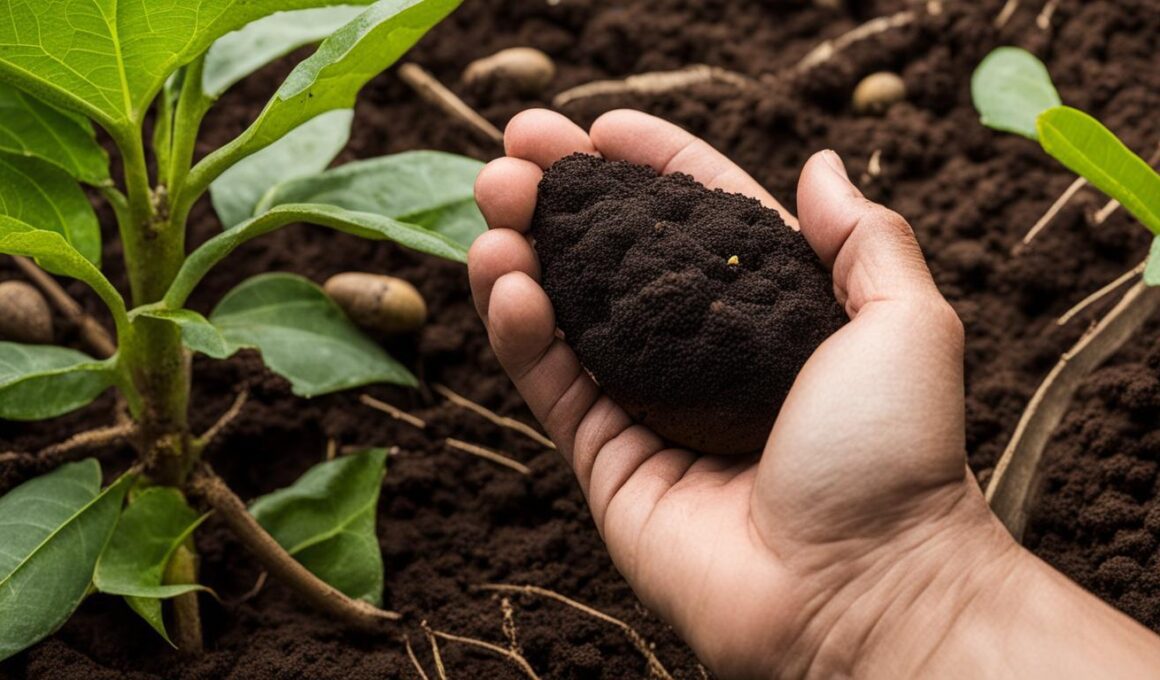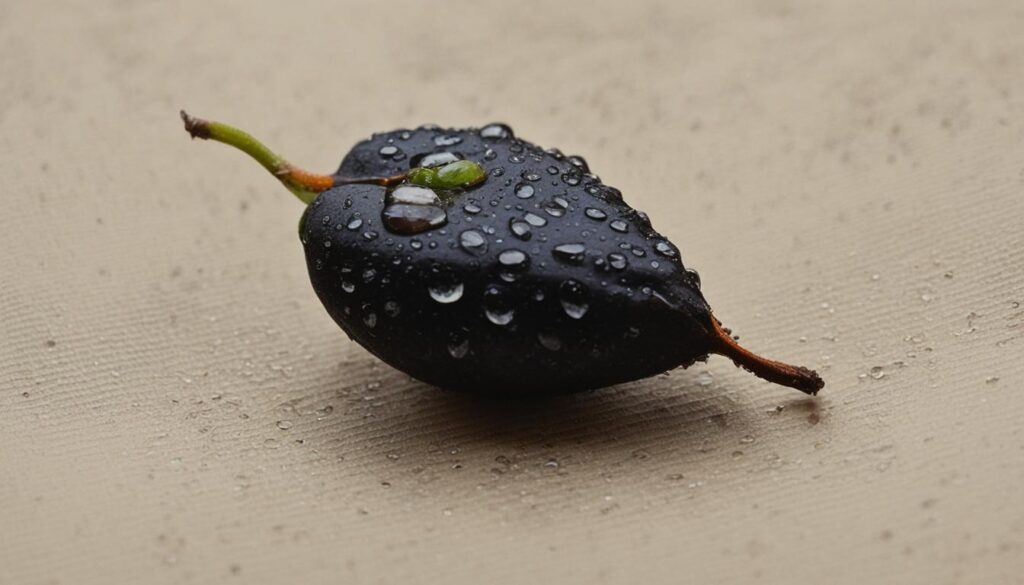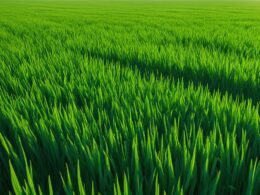If you want to cultivate your own pawpaw trees and enjoy the delightful fruits they produce, growing from seed is a rewarding option. Pawpaw (Asimina triloba) is a native fruit tree in the United States that can be grown successfully with proper care and patience.
Before diving into the process of growing pawpaws from seed, it’s important to understand the key factors involved in cultivating these trees. From climate considerations to site selection and soil requirements, the Pawpaw Bulletin offers valuable guidelines for successful pawpaw growth.
The climate plays a significant role in pawpaw cultivation. Pawpaws thrive in temperate humid regions with warm to hot summers, mild to cold winters, and a minimum of 32 inches of annual rainfall spread throughout the year. When selecting a site for your pawpaw trees, opt for open exposure with some protection from wind.
As for the soil, pawpaws prefer slightly acidic, well-drained soil. Ensuring proper soil conditions and choosing the right spot are essential for the healthy growth of your pawpaw trees.
When it comes to propagating pawpaw from seed, it’s important to note that the seeds have a slow germination process. They require a period of cold, moist stratification for 70-100 days. This natural process should be mimicked when starting your seeds.
Once your pawpaw seedlings have sprouted, it’s crucial to provide them with well-aerated soil and tall containers to accommodate the long taproot. Patience is key, as it may take five to eight years of growth before your pawpaw trees start bearing fruit.
An important consideration for successful fruiting is cross-pollination. It is recommended to purchase genetically different pawpaw trees to ensure proper pollination. In some cases, hand pollination may be necessary for fruit set. Common pests to watch out for include the Pawpaw peduncle borer and zebra swallowtail butterfly.
By following these practical gardening tips and guidelines, you can successfully grow pawpaw trees from seed and enjoy the delectable fruits they produce. Stay tuned for the next sections of our article, where we’ll delve into seed care and stratification techniques, as well as essential practices for growing and caring for pawpaw trees.
Seed Care and Stratification
Proper care and stratification of pawpaw seeds are essential for successful germination and healthy seedlings. By following these steps, you can increase the chances of growing thriving pawpaw trees from seed.
First, it is important to process the pawpaw seeds carefully. Remove the membrane surrounding each seed to prevent mold growth. This can be done by gently rubbing the seeds with a soft cloth or paper towel.
Next, store the seeds in a sealed bag with a damp paper towel in the refrigerator. Cold, moist stratification is crucial for breaking the seed’s dormancy and encouraging germination. Allow the seeds to stratify for 80-120 days to maximize their chances of sprouting.
Avoid freezing or drying out the seeds, as this can decrease their germination rates. Maintaining the proper moisture level throughout the stratification period is essential.
Starting the stratification process in February provides ample time for the seeds to germinate before spring. This timing aligns with the natural cycles of pawpaw trees and mimics the conditions they would experience in the wild.
Once the stratification period is complete, lightly score the seeds along the seam using a sharp knife. This helps to break through the hard seed coat and facilitate germination.
To promote germination, cover the seeds with a mixture of sand and vermiculite. This provides a well-draining medium and creates optimal conditions for the seeds to sprout.
Place the seeds in a warm environment, ideally around 16°C (60.8°F), and keep them consistently moist. After approximately three weeks, roots will begin to emerge from the seeds, indicating successful germination.
At this stage, transfer the seedlings into temporary pots with sufficient depth, at least 10 inches. This will accommodate the long taproot that pawpaw trees develop.
When planting the seeds outdoors, choose a location with well-drained soil and partial shade. Early spring or mid-fall is the best time to plant the seedlings. These seasons provide the right conditions for their establishment and growth.
By carefully caring for your pawpaw seeds and providing the necessary stratification period, you can increase the chances of successful germination and establish healthy pawpaw trees in your garden.
Growing and Caring for Pawpaw Trees
If you’re interested in growing pawpaw trees, it’s important to note that they thrive in zones 5-9 with a minimum of 30 inches of annual rainfall. These native fruit trees offer a variety of flavors that can vary among cultivars and wild populations.
When planting pawpaw trees, ensure they receive adequate water and well-drained soil, especially during the first two years after planting. One important factor to consider is pollination, as pawpaws are self-incompatible and need pollen from genetically different trees for proper fertilization. Hand pollination can be done by transferring fresh pollen from one clone to the ripe stigma of another clone.
Be patient, as it can take pawpaw trees up to eight years to bear fruit. Winter care is relatively simple, including optional measures such as mulching, shade cloth, and deer fencing. These trees are hardy in zones 6 and 7 and can withstand cold temperatures down to -22°F. To protect small trees from winter sun damage, you can apply organic milk-based paint to the south-facing side.
Throughout the process of growing and caring for pawpaw trees, patience is key. From germination to fruiting, give these beautiful trees the care they need, and soon you’ll be enjoying the delicious fruits they provide.
Can the Same Gardening Tips be Applied to Growing Habanero Peppers as Pawpaw From Seed?
Yes, similar gardening tips can be applied to growing habanero peppers at home as well as pawpaw from seed. Both require proper soil, sufficient sunlight, and regular watering. However, habanero peppers may need more warmth and protection from pests. Overall, the basic gardening principles apply to both.










